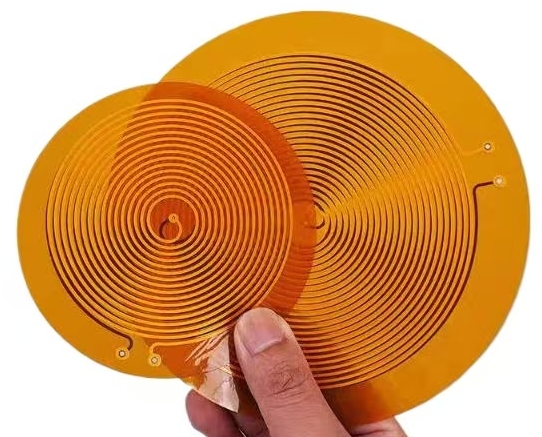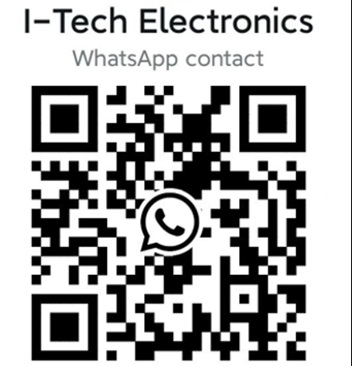Single Side Flex PCB
A single - sided flexible printed circuit, also known as a 1 - layer flex circuit, consists of a single layer of copper trace on a substrate, typically made of Polyimide. A layer of Polyimide overlay is laminated onto the copper trace, exposing only one side of the copper. This design allows access to the copper trace from just one side, in contrast to a dual - access flex circuit that enables access from both the top and bottom sides of the flex circuit.
Since it has only one layer of copper trace, it is commonly referred to as a 1 - layer flexible printed circuit, 1 - layer flexible circuit, 1 - layer FPC, or 1L FPC. This represents the simplest stack - up configuration among flex circuits. In the past, it was also the most widely used flexible circuit board. One of the key reasons is its remarkable flexibility. With the thinnest possible thickness among FPC types, the 1 - layer FPC outperforms others in terms of flexibility, which is a major factor driving the shift from rigid boards to flexible ones.
The manufacturing process of 1 - layer FPCs is relatively straightforward, resulting in the shortest lead time. In fact, it can be produced within 24 hours in some cases. If your goal is to replace wires or cables to simplify the assembly process and minimize potential errors, a single - sided flex circuit is the optimal solution. This not only streamlines the production timeline but also enhances the overall efficiency and reliability of the final product, making it an attractive choice for a wide range of applications, from consumer electronics to industrial devices.
Application
Here are the major application of 1 layer flex circuit, but not limited to:
- Optical Pick-up for A/V & Computer (or CDP & DVDP)
- Digital Camera
- Capstan Motor for Camcoder & VCR
- Vibration Motor for Mobile Phone
- Stepping Motor
- Membrane switch
- Flexible wire cable
- Static application
- Printer
- Robot (arms)
- Antenna
Manufacuring Process
For Single-Sided Flex PCB, here are the basic manufacturing processes following up IPC 6013 standard See more details, please check Flex Circuit Manufacturing

Welcome to contact us to see more information about single sided Flexible circuit board.









